It is important that you develop your own set of images and experiments with different photographic techniques, approaches and styles to create more visual material that you can edit from in your final sequence of images as you work towards creating your ‘zine.
Essentially we want you to develop your own visual language and create a unique set of sequenced images that reflects on how you respond to Bunker Archaeology and The Atlantic Wall.
Experiment 1: CROPPING – complete by Thurs 27th June
Using cropping tool only begin to make some radical changes by selecting areas of your images for a different visual impact. Produce at least 3 different crops for 6 images.
CROPPING can create a sense of impact and drama in an image, as well as fine-tune the composition. However…cropping can also de-contextualise a subject within the frame. This can be used to great effect…or can change the nature of an image radically.
One of the founding fathers of Documentary Photography Walker Evans used cropping as part of his work. Another pioneer of the photo-essay, W. Eugene Smith also experimented with cropping is his picture-stories
Read more here on Walker Evans and his magazine work and his series Labour Anonymous here on W. Eugene Smith.
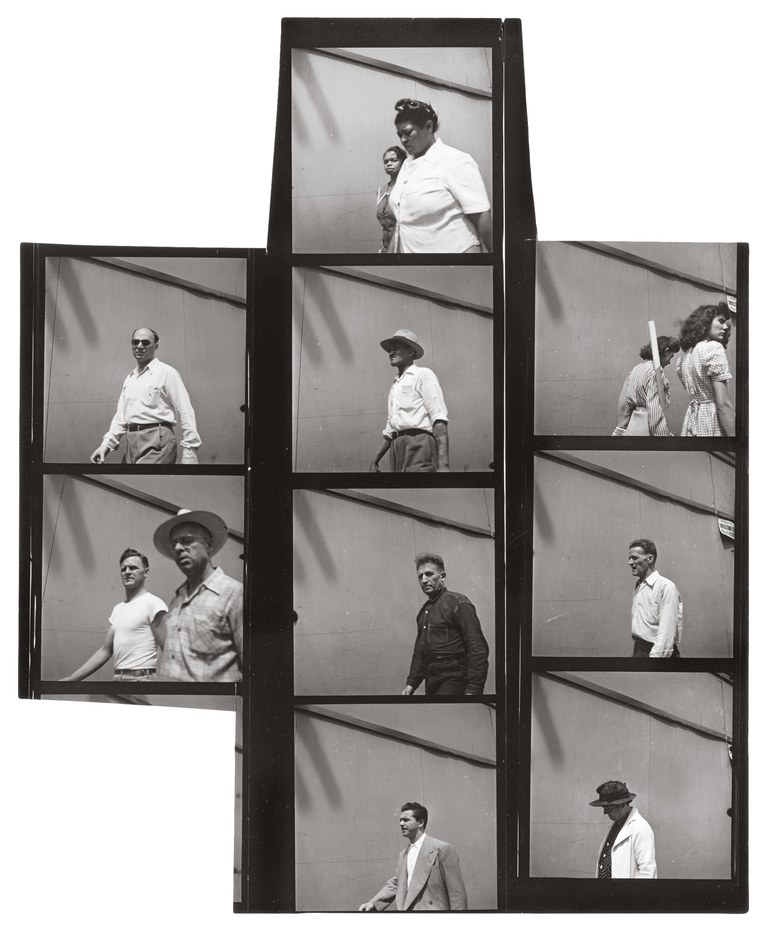
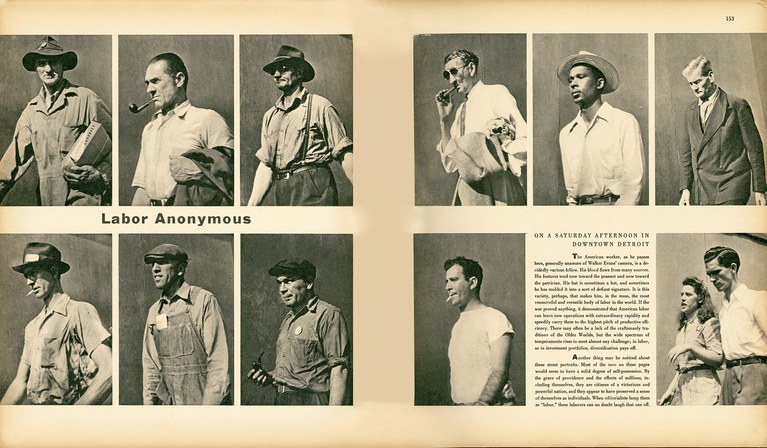
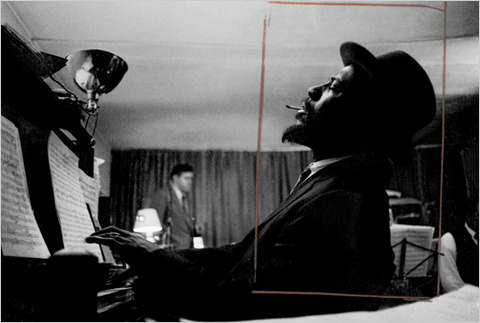

Experiment 2: COLOUR > B&W ADJUSTMENTS complete by Thurs 27 June
Using your tools such as White Balance / Exposure / Levels / Curves / Brightness /Contrasts / Colour Balance / Hue / Saturation / Colour overlay / double or multiple exposure and make radical changes to the overall aesthetic of the images. Try and adjust images according to your visceral quality – relating to your deep inward feelings rather than how something looks! Produce 3 different adjustments with images
Experiment 3: MONTAGE > COMPOSITE IMAGES complete by Thurs 27 June
Using your skills in Photoshop that you learned at AS begin to work with different montage / collage / cut ‘n’ past/ composite / Layers / Masks / Opacity / Blending modes / Brush techniques using both DIGITAL and ANALOGUE methodologies.
1. Select 5 images from your bunker shoots and produce at least 3 different collages combining two or more images / people / landscapes / text / typography / colour / shapes / textures/
2. Combine your images with images from the Photo-Archive that relate to the Occupation / Liberation of Jersey. Go to the folder below and choose 5 images that you selected on our research day at Societe Jersiaise.
M:\Departments\Photography\Students\Occupation of Jersey
3. Newspaper cuttings: Select 3 photocopies from newspaper cuttings from the JEP that relates to the subject of Occupation. Combine these with either your own images and/or archive images following the same instructions as above.
4. Print out 1 of your own images and 1 archive images on the Laserjet Printer and manipulate the prints by destroying it in 5 different ways and re-configure using scissors / tape / cut-n-paste / glue. Try and manipulate the printed images using your body / hand/ face etc .
JUXTAPOSE AND OVERLAY YOUR IMAGES—SUPERIMPOSE OTHER IMAGES, AND CUT-N-PASTE USING SCISSORS, TAPE, GLUE ETC…
https://www.format.com/magazine/galleries/art/best-collage-artists-portfolio-inspiration
CREATIVE POSSIBILITIES…
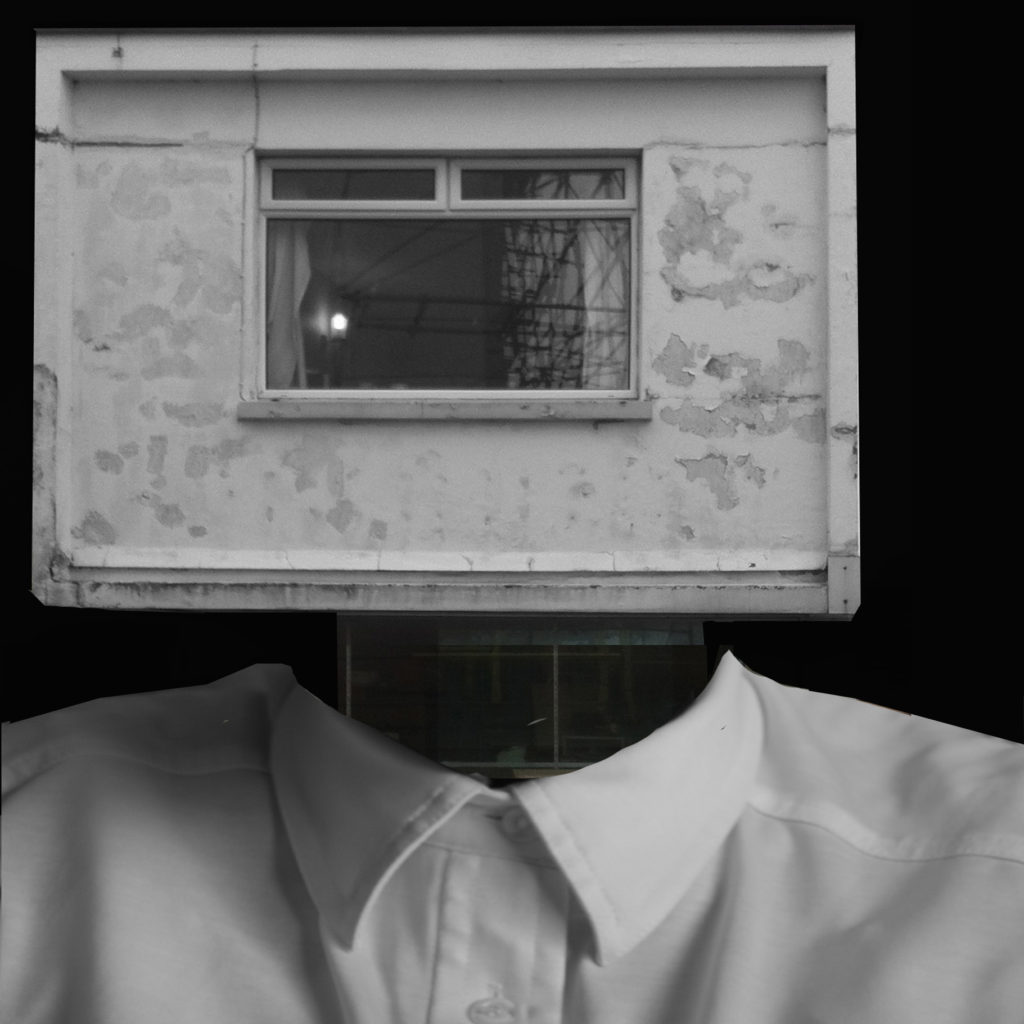
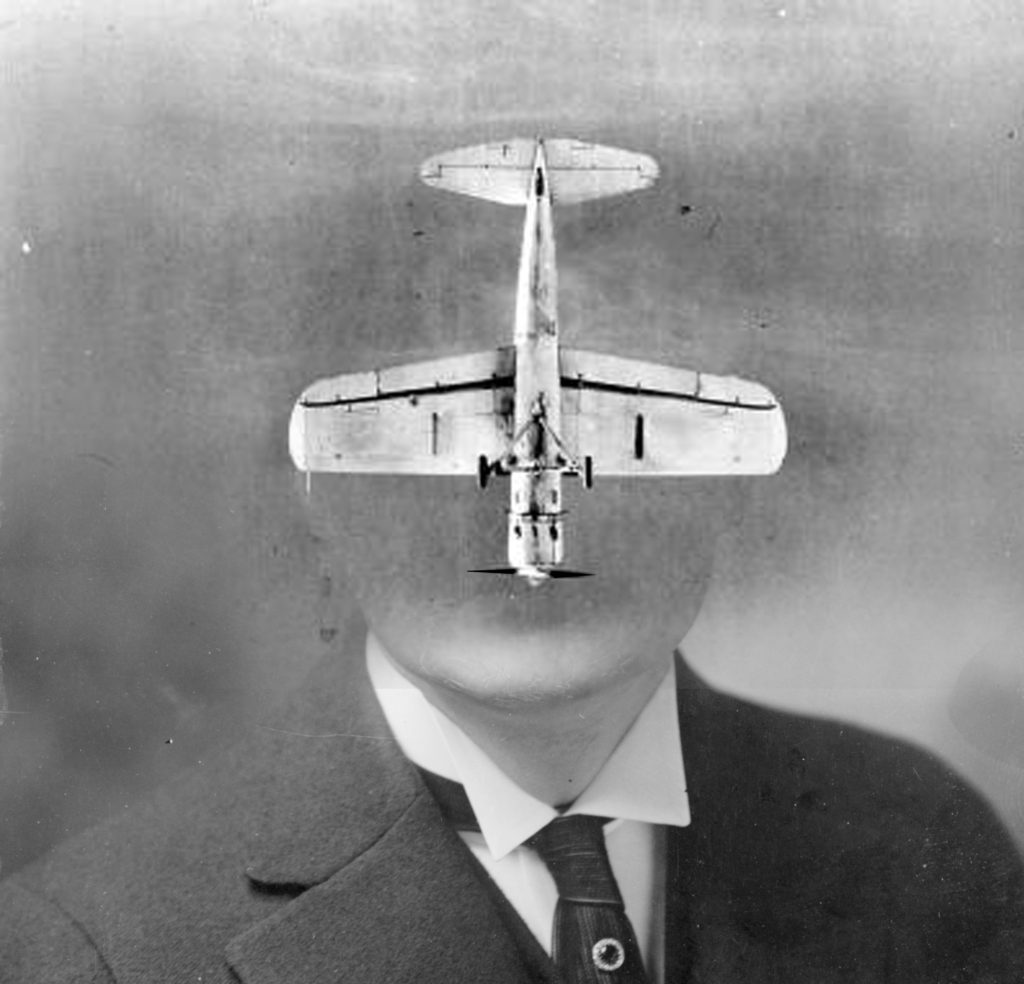

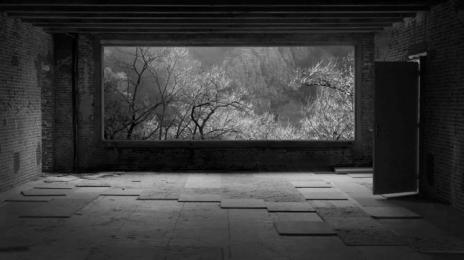
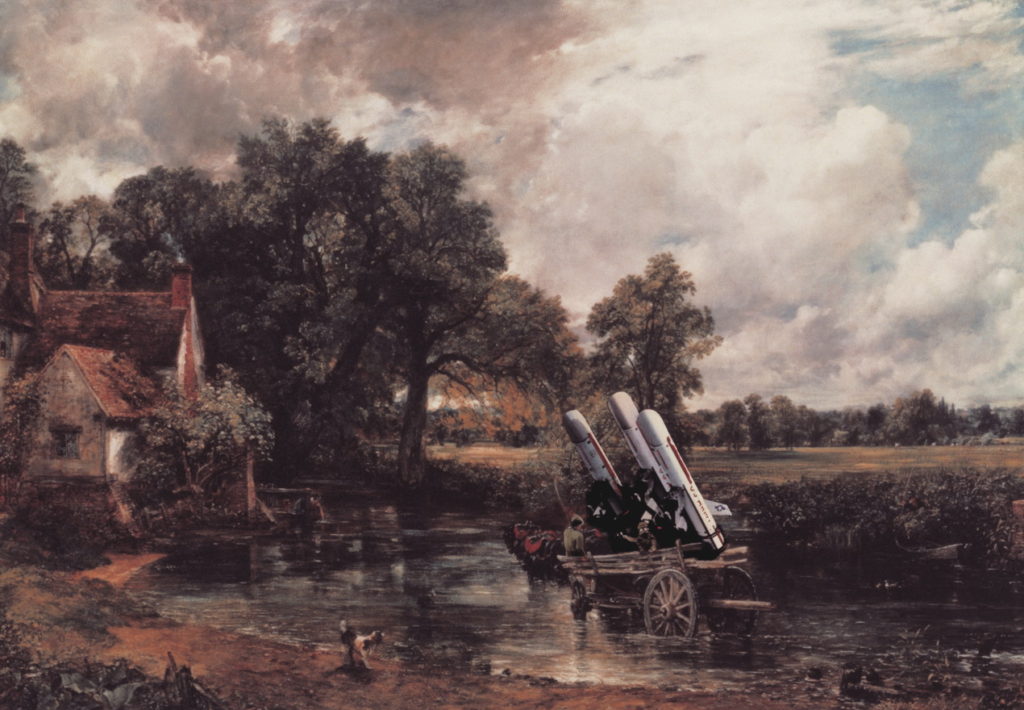
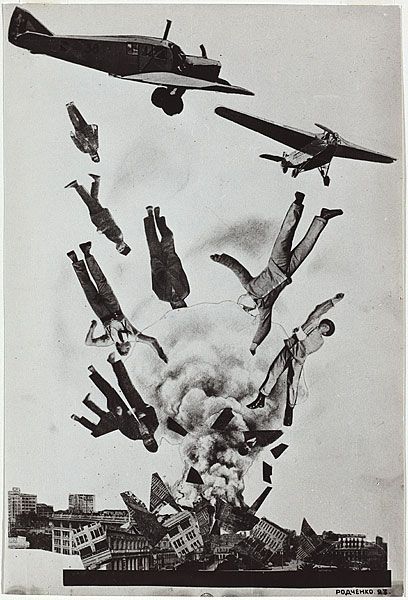
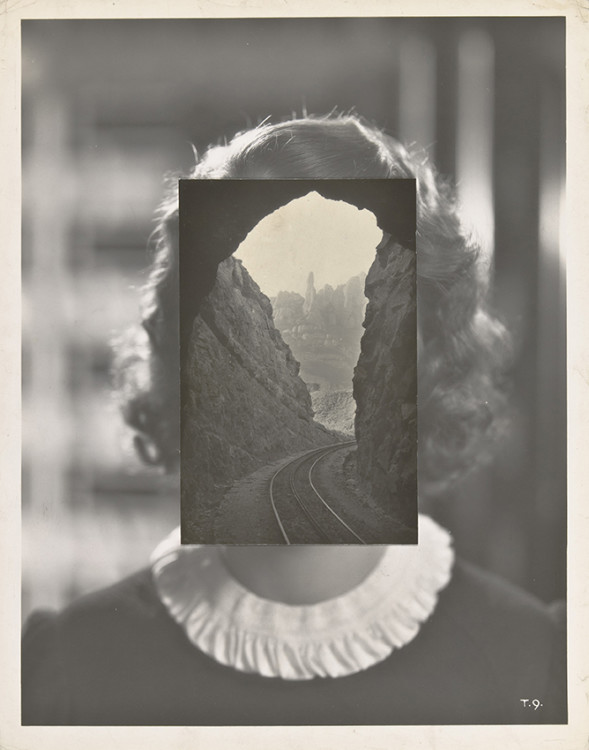
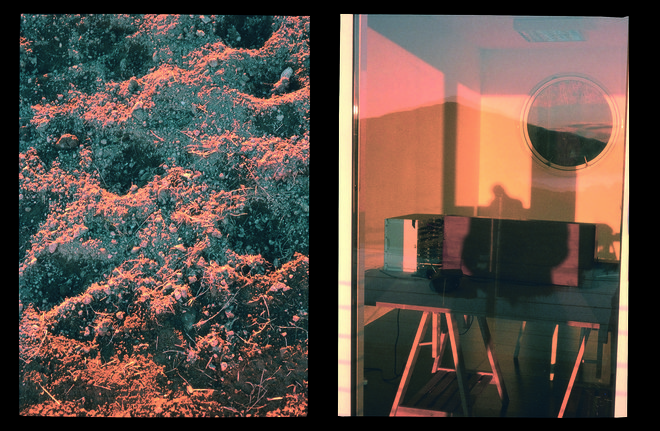

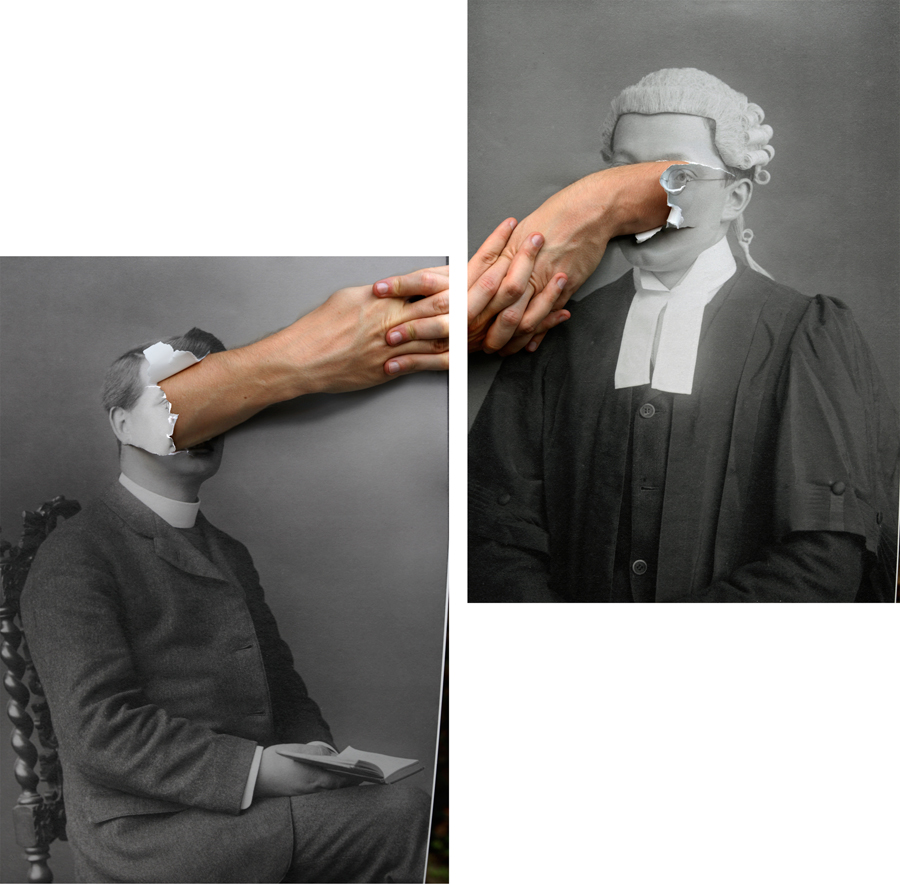
Look at Jonny Briggs for visual inspiration
Read more here
ONCE YOU HAVE MADE A SET OF EXPERIMENTS USING VARIOUS TECHNIQUES YOU MUST MAKE AT LEAST 1 X BLOG POST THAT SHOWS YOUR DEVELOPMENT OF IDEAS—INCLUDE YOUR INFLUENCES AND FINAL OUTCOMES
RE-VISIT AND RE-SHOOT – complete by Mon 1 July
Here are few things to consider for your second shoot
- Revisit a suitable location and make another shoot. Reflect on your current sequence of images and think about what is missing, or what you need to photograph to add value to the story you are trying to communicate.
- Collect ephemera / found objects and photograph them in-situ – how and where you found them and also re-photograph the objects as a still-life at home setting up up your own mini-studio or use Photo-studio in school.
Record sounds or video as another visual layer / audio ambience that you could incorporate into your project e.g select individual frames from video and edit as a sequence in a time line. Use audio to record conversation with people you meet or use it as dictaphone to record your own feelings in a diary form.
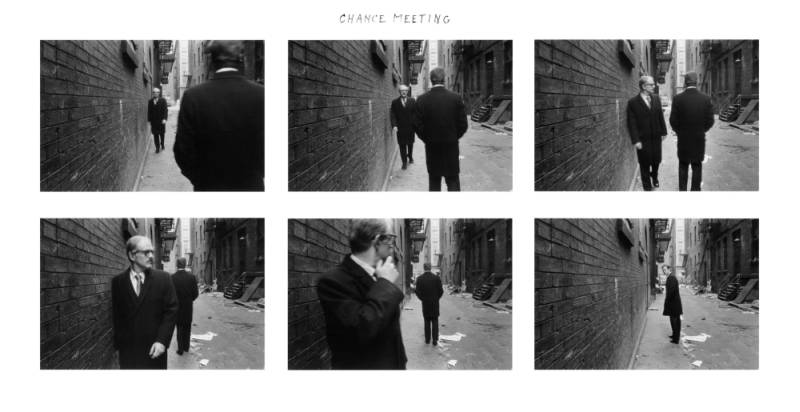
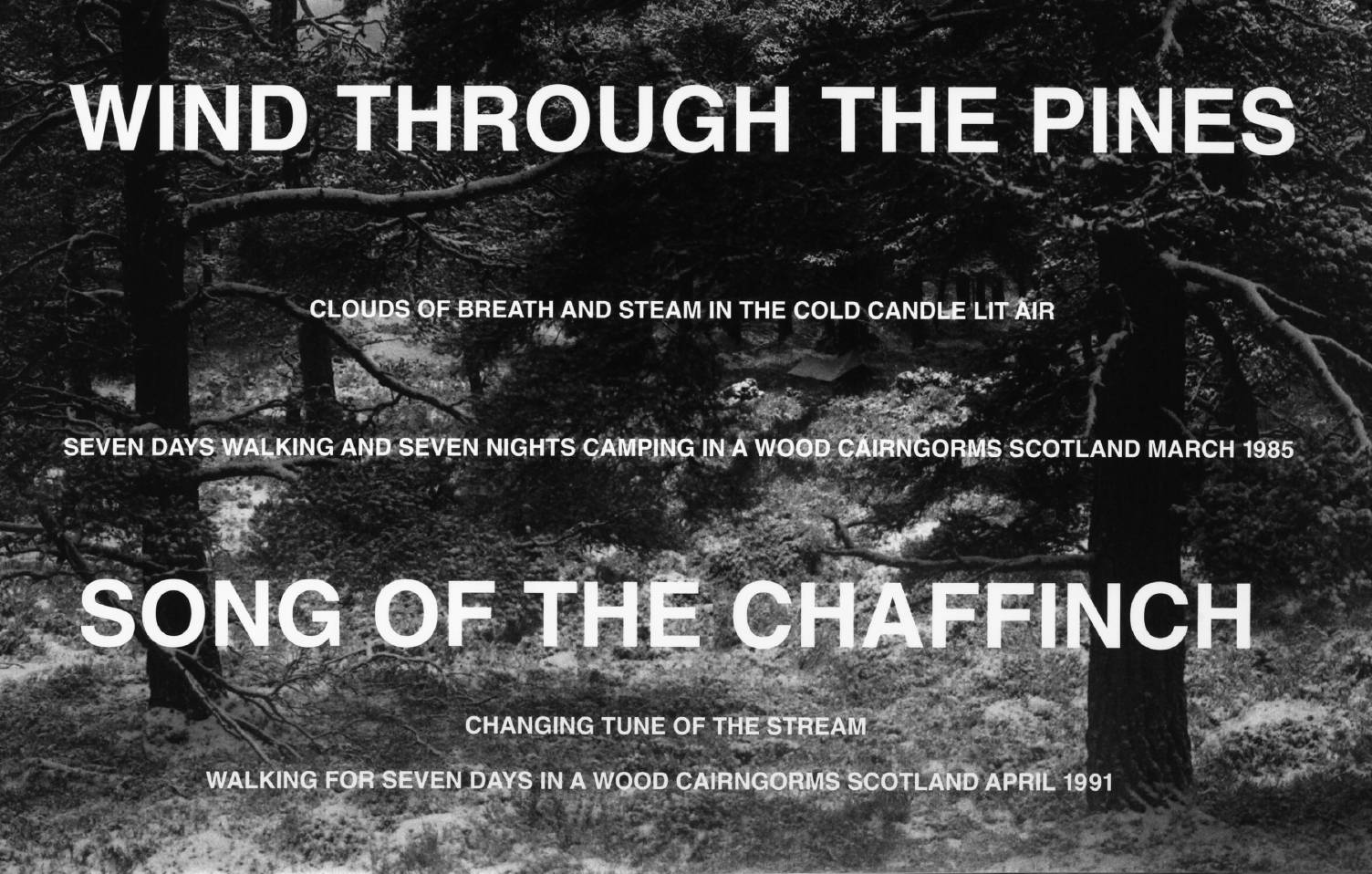
Here are a few pointers – but not exclusive – please add your own thoughts/ ideas/ concepts/ brainstorm etc.
- Abstract visions…alternative, “wrong” photographs
- Formalism…line, shape, pattern, tone, colour etc
- Objects | Ephemera (litter and debris)
- Make use of your senses : see , hear ,taste, smell, touch
- Old vs New vs Development
- Good vs bad…subjective approach
- Form vs function
- Juxtaposition | contrasts | diversity
- Unconventional beauty
- Typography and graphics
- Aerial Imagery / Satellite / Surveillance
- Angles | Viewpoints
- Poetic / personal point of view
- Roads / paths/ walkways
- Open space / Public realm
Remember : a sense of risk and an opportunity to go beyond the norm or unexpected is encouraged.
